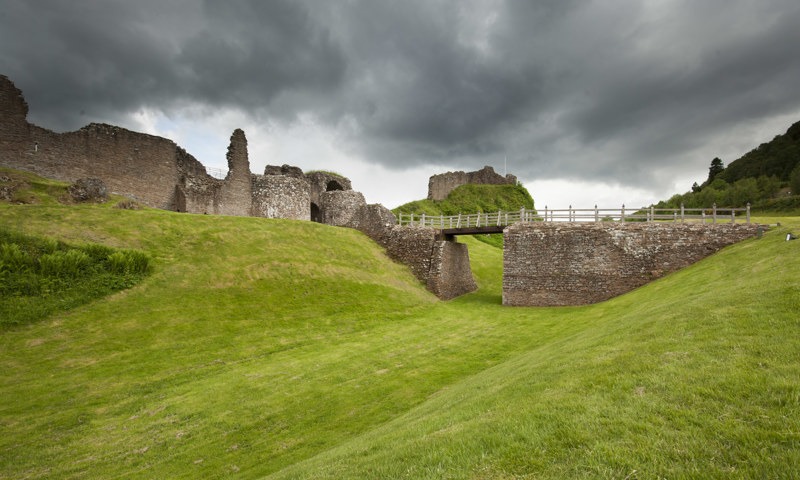Urquhart Castle

Urquhart Castle – A Historic Highland Landmark
Nestled on the shores of Loch Ness, Urquhart Castle is one of Scotland’s most iconic and picturesque castles. Rich in history and surrounded by stunning natural beauty, this ancient stronghold offers visitors a fascinating glimpse into Scotland’s past, along with breathtaking views across the famous loch.
History of Urquhart Castle
Urquhart Castle dates back to the 13th century, though the site itself has been important for many centuries before. Over the years, it has witnessed fierce battles and changing ownership, playing a key role in the Wars of Scottish Independence. Its strategic location on the shores of Loch Ness made it a stronghold for both the Scottish kings and later, the MacDonald clan.
In the 17th century, as a result of conflict, the castle was partially destroyed to prevent it from falling into enemy hands, leaving behind a magnificent ruin. Despite its partial destruction, the remains of the castle are still a magnificent sight and provide an important historical insight into Scotland’s turbulent past.
Exploring the Castle
1. The Castle Grounds
The grounds of Urquhart Castle are beautifully preserved, offering a peaceful space to walk and enjoy the stunning surroundings. Visitors can explore the castle ruins, including the remains of the Great Hall, Tower House, and Stables, all with panoramic views over Loch Ness.
2. The Grant Tower
The Grant Tower is one of the best-preserved parts of the castle. From the top, you can enjoy spectacular views over Loch Ness and the surrounding hills. The climb to the top is well worth it for the view alone.
3. Loch Ness Views
Urquhart Castle’s position on the edge of Loch Ness provides one of the most scenic views in Scotland. Visitors can take in the beauty of the loch, with its deep blue waters and the surrounding hills, making for a perfect photo opportunity.
4. Exhibitions and Visitor Centre
The visitor centre at Urquhart Castle offers an informative exhibition that brings the castle’s fascinating history to life. The displays feature artefacts, models, and interactive exhibits that detail the castle’s past and its significance in Scottish history. A short film also tells the story of the castle, from its medieval beginnings to its role in Scotland’s fight for independence.
Things to Do at Urquhart Castle
- Photography: With its breathtaking views of Loch Ness and the ruins, Urquhart Castle is a photographer’s paradise.
- Walks and Picnics: The surrounding area offers lovely walking trails, and the castle grounds are a perfect place for a relaxing picnic.
- Loch Ness Cruises: Take a boat tour from the castle’s shoreline to see Loch Ness from a different perspective. While the boat may not take you directly to the castle, it provides a unique view of the surrounding landscape.
Visiting Information
Urquhart Castle is open year-round, and it offers a range of facilities to make your visit as enjoyable as possible, including an on-site café serving hot drinks and light refreshments, as well as a gift shop where you can find Scottish-themed souvenirs and local products.
How to Get There
Urquhart Castle is located near the village of Drumnadrochit, easily accessible from Inverness and other major Highland towns. Whether you’re travelling by car, bus, or on a guided tour, the castle is well-connected and easy to reach. There is ample parking available for visitors.
Why Visit Urquhart Castle?
- A Historic Landmark: Discover Scotland’s medieval history and its role in the Wars of Independence.
- Stunning Views: Enjoy spectacular views over Loch Ness and the surrounding Highlands.
- Family-Friendly: The castle offers something for visitors of all ages, from history buffs to those simply looking to enjoy the natural beauty of the area.
- Photographic Opportunities: Capture the beauty of the ruins and the loch in one of the most photogenic locations in Scotland.
Plan your visit to Urquhart Castle today and experience one of the most scenic and historically rich sites in the Scottish Highlands.
